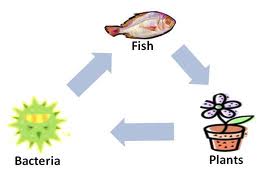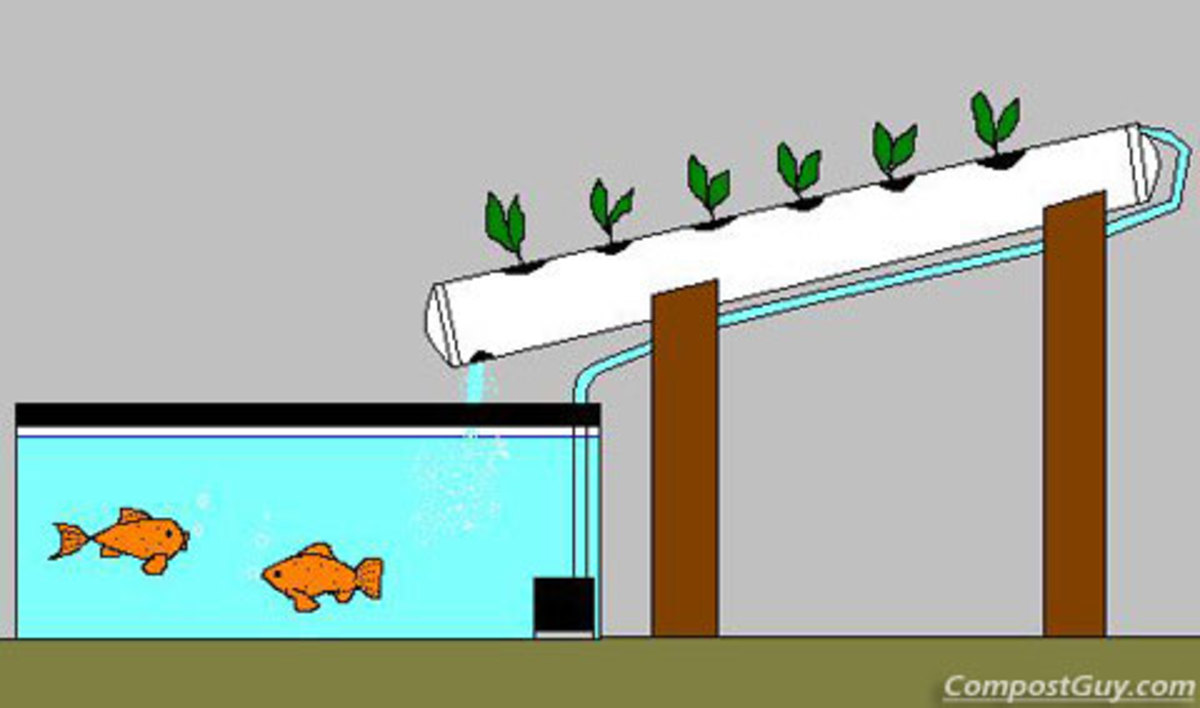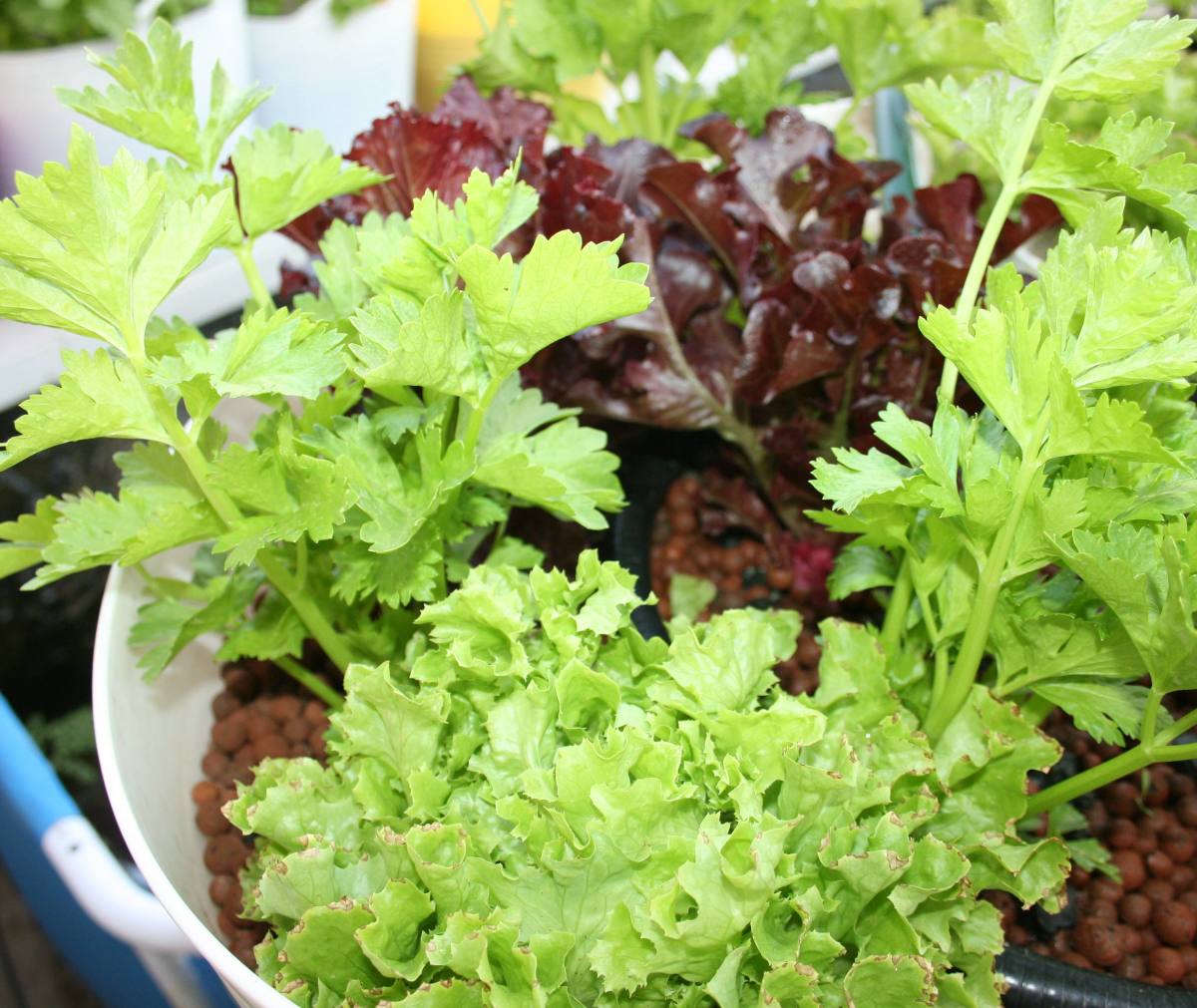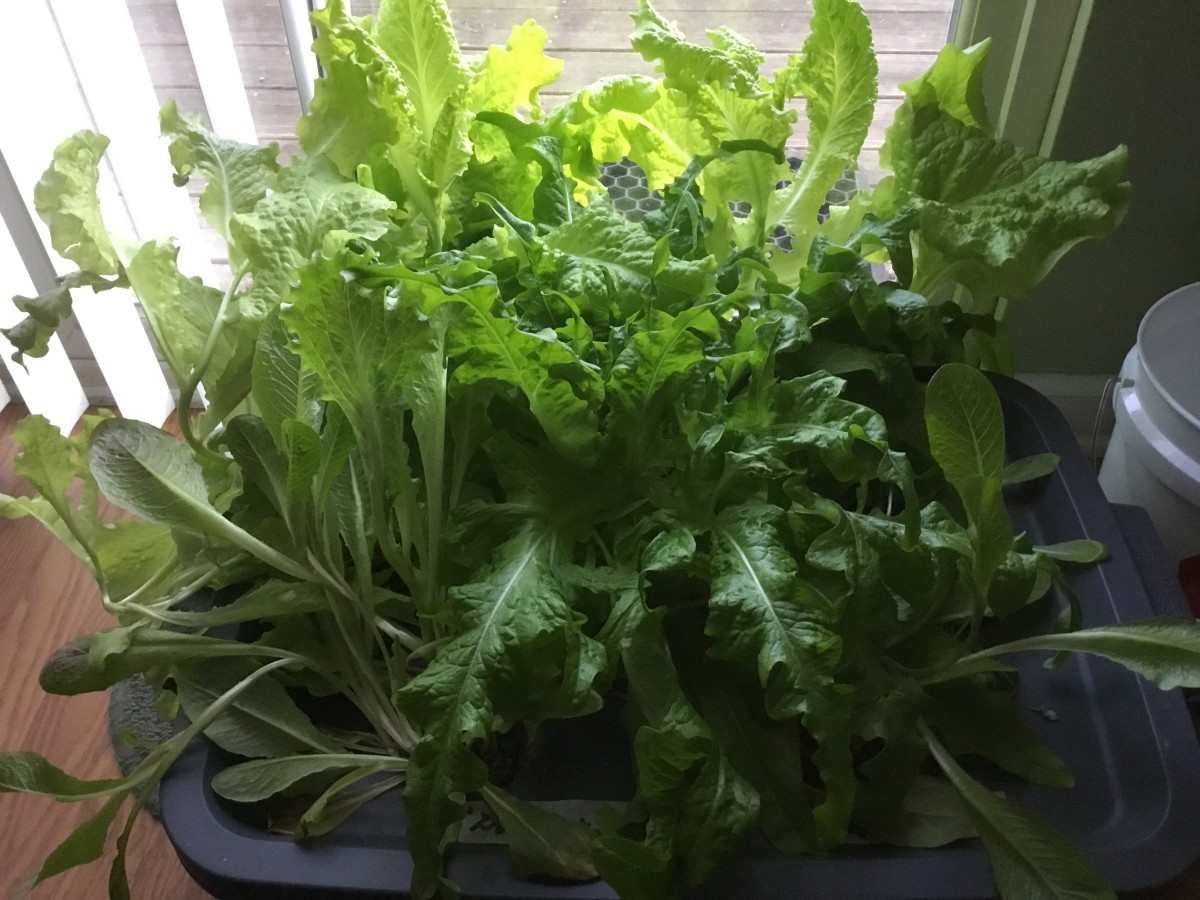Easy, Profitable, and Idiot Proof Aquaponics: The Equipment

No Matter Which Type
No matter which type of aquaponics system you decide to use there will be certain pieces of equipment that they have in common. Understanding these necessary equipment components will give you a better understanding of how aquaponics works. It will also help you to diagnose and repair your system when it doesn't work properly.
Understanding these elements will help you to customize your aquaponics system to suit your needs, build a hybrid system, or at the very least give you the knowledge to explain your system to your friends and family.
There are some optional items, but here's the short list of basic components:
- container for fish to live
- container for plants to grow
- pump to move the water from the fish area to the plant area
- air pump to supply air for the fish
- plumbing between the fish container and the plant container
Container For Fish To Live
The container for the fish to live in will be based completely on the size of your aquaponics system. It can be as simple as a Rubbermaid or Sterilite container, an aquarium, or wooden frame with a pond liner in it. Livestock watering troughs, food grade 55 gallon drums, swimming pools, and commercially available aquaculture/aquaponics tanks can also be used.
Our new system will use a combination of our 1500 gallon in-ground pond and numerous 55 gallon plastic drums for the fish to live in. This allows us to keep a variety of different fish in our system without concern about the smaller ones being eaten by the larger. We also are building two smaller systems using a 210 gallon aquarium and a 135 gallon aquarium inside our home.
Container For Plants To Grow
The containers used for the plants to grow can be as simple or as complex as the containers for the fish to live in. Plastic food-grade 55 gallon drums can be cut in half length-wise or in the middle to make equally useful grow beds for media-filled or DWC. Plastic gutter material or large diameter PVC pipe can be used for NFT channels.
The container for the plants to grow in will be based on the type of aquaponics system you choose to use. Combining deep water culture (DWC), nutrient film technique (NFT), and media-filled beds into a hybrid system is completely acceptable and may work better for your situation than just one type. The key is finding what works for you and not being afraid to experiment.
Some types of plants do better than others in different systems. Lettuce, excels in DWC systems, while it suffers in NFT systems. Media-filled beds are the easiest to use for the home aquaponics systems while DWC is superior in a commercial environment. NFT was adapted from hydroponics and can be used successfully where space is a factor. In example, growing strawberries on a 4-6 inch vertical pvc pipe with places for plant pots along its length.
Media-filled beds require some sort of media. The media can be a commercial type such as Hydroton expanded clay pellets or something cheap and simple like pea gravel. Your budget will determine what you choose to use.
DWC requires some sort of means to float or suspend the plants at the water surface. This can be foam board that floats or a plastic cover with holes cut in it.
DWC and NFT both require plant pots and rock wool, while media-filled beds allow for direct planting into the bed.
Pump To Move The Water
Unlike the pumps required for aquaculture systems, aquaponics pumps do not have to move a lot of water. The most important factors for buying a pump for aquaponics are:
- gallons per hour
- wattage used
- submersible
The gallons per hour should equal the total capacity of your system. This includes the water in the fish container and the water in the container the plants grown in. Additionally, the water in the plumbing between the pump and the plant container is a factor. This is what is referred to as head pressure and is measure in feet.
While there are complex equations to figure out exact head pressure, measuring the length of the plumbing will suffice. Most pumps will have a chart showing how the flow is reduced by a certain amount of head pressure. Find a pump that provides the capacity of your system with the amount of head pressure factored in.
Essentially, you want to turn over the water in your aquaponics system one time per hour. If it's slightly more or less, that won't matter.
Air Pump To Supply Air For The Fish
The air pump that will supply air for the fish doesn't have to be anything special. The air pump only needs to provide air to one air stone or bubbler.
If you have more than one fish container, you will need to either purchase a more powerful air pump to power all of the air stones or bubblers or a small air pump for each container.
You will also need an air stone or bubbler and some aquarium airline tubing.
Plumbing Between The Containers
The most important thing about plumbing to remember is that every angle added between point A and point B reduces the flow rate. Each fitting that is added also adds a little bit of resistance and turbulence which also reduces flow. These need to be accounted for in the head pressure on your pump. Adding 1% per fitting or angle should compensate adequately.
PVC is the most commonly used plumbing in aquaponics. It's white and reflects light which thereby reduces the amount of heat it transfers to the water. It's also inexpensive and very durable. ABS can be used, but it will collect a lot of heat which can damage your plants and kill your fish. Metal pipe should not be used as heavy metals released can be toxic to fish. Copper is particularly fatal to invertebrates which includes commonly aquacultured crustaceans such as prawns, shrimp, and red claw crayfish.
Always use the plumbing size specified for your pump on the supply side and a size larger for your return to the fish container. This will make sure the pump performs properly and that any restrictions will not cause your plant container to overflow.









